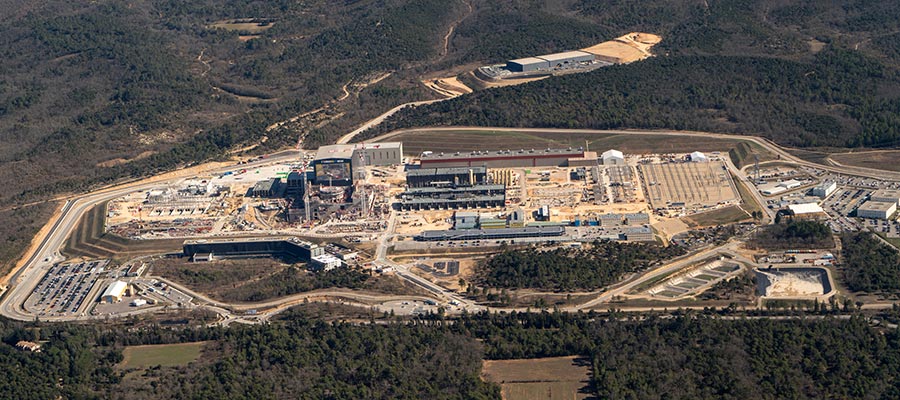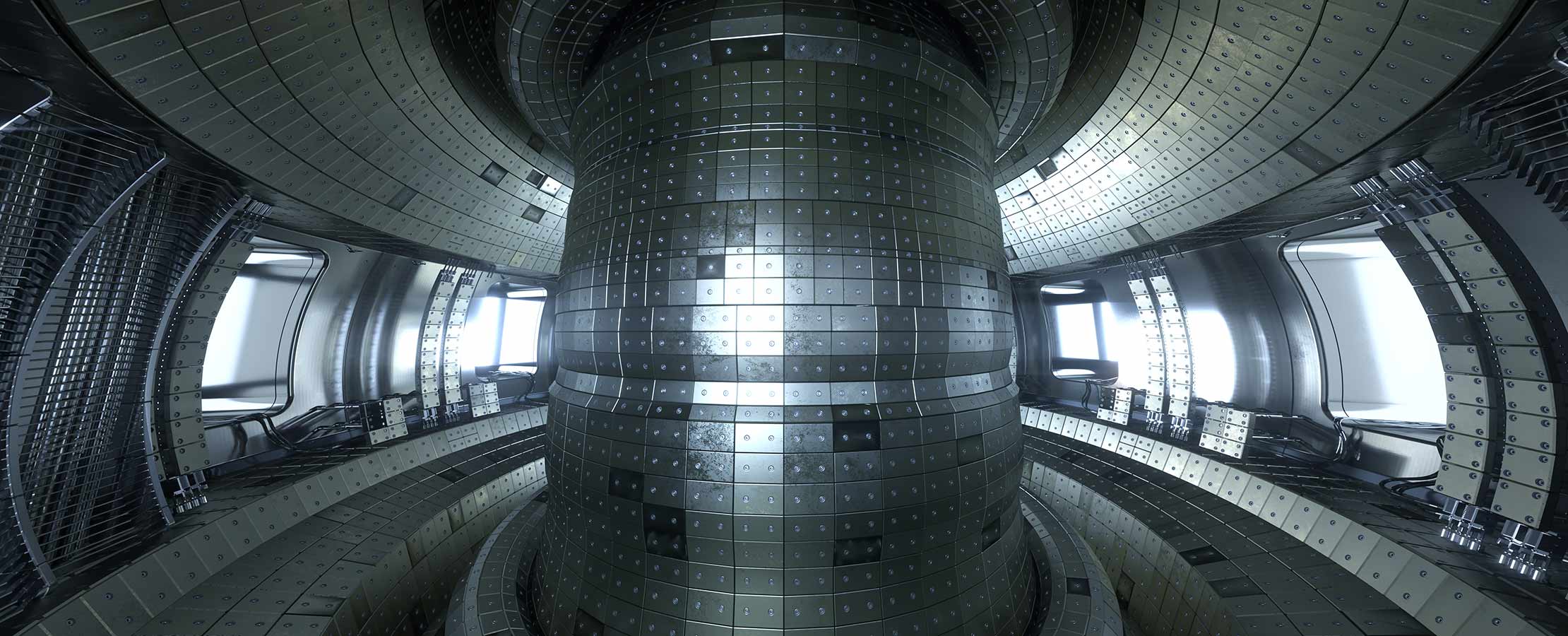How Close Are We To Unlocking The 'Limitless' Energy Of Nuclear Fusion?
Nuclear fusion - the reaction that powers the sun - has the potential to unlock clean, affordable energy for planet Earth. Recent months have seen a flurry of breakthroughs as scientists strive to replicate the reaction and harness this virtually limitless energy source.
Fusion is a nuclear reaction in which two or more light nuclei (in stars for example, two hydrogen nuclei) fuse together to form a single, heavy nucleus (for example a helium isotope). The process creates a difference in mass, which is converted into energy. In the sun, this energy radiates away.
On Earth, if reproduced, this reaction has the potential to produce clean, safe energy in quantities that could solve the climate crisis. So it’s no surprise that governments all over the world are investing in research to replicate the fusion process.
Nuclear fusion releases nearly four million times more energy than using coal, oil or gas, and four times as much as nuclear fission technology (in which a large atomic nucleus is split into smaller nuclei). This means that nuclear fusion has the potential to provide energy in quantities that could power homes, cities and whole countries.
Fuels that can be used for fusion are also widely available and can be derived from substances such as water and lithium. A few grams of fuels such as deuterium and tritium could produce a terajoule of energy – approximately what one person in a developed country uses over 60 years.
Additionally, nuclear fusion does not produce carbon dioxide or long-lived nuclear waste, making it a highly sustainable option. However, creating the right conditions in a fusion reactor has proven to be a challenging and costly process.
International Collaboration
Since the concept of nuclear fusion was discovered in the 1930s, experiments have been ongoing, and today there are around 20 fusion reactors in the world, all striving to reach the extremely high temperatures needed for long enough make fusion happen.
In 1958 at an Atoms for Peace conference in Geneva, fusion research was declared an international collaborative venture, leading to the creation of the biggest prototype reactor in the world. This ‘tokomak’ - the name given to devices which create a powerful magnetic field to confine reactive charged particles – was built in the South of France with funding from 35 countries, including the US, EU, China, Russia, India, Japan and the UK.
However, the International Thermonuclear Experimental Reactor (ITER) project has yet to generate electricity for consumers, and critics, including the European Court of Auditors, recently warned the project could be subject to further cost increases and delays.
New world records
In recent months, however new breakthroughs are making the technology more accessible than ever before.
In China, in January 2022, the EAST reactor broke the record for the longest sustained nuclear fusion with temperatures of 126 million degrees Fahrenheit - roughly five times hotter than the sun – sustained for 17 minutes.
China’s EAST reactor is being used to test the technology for the ITER reactor in the south of France, with some estimates now forecasting it could begin working as soon as 2025.

A month later in the UK, scientists at the Joint European Torus laboratory (JET) announced they’d generated a record-breaking 59 megajoules of sustained fusion energy – double the previous record energy output and a further boost for their partners at the ITER project (for which it is acting as a prototype of sorts).
Nuclear fusion technology is also moving closer to commercial use. Entrepreneurs at Tokamak Energy, based in a small railway town in southern England, have attracted venture capital – and £10 million from the UK government - for their space-saving and cost-effective solution. The system uses tokamaks and high temperature superconductor magnets.
The company has said that it is on track to produce commercial electricity from nuclear fusion by 2030.
The UK has also recently launched the STEP project (Spherical Tokamak for Electricity Production), aiming to develop a reactor that will connect to the national energy grid in the 2040s.
And in the US, California-based TAE Technologies, the world’s largest private fusion company, has announced it will have a commercial nuclear fusion power plant by 2030, after raising $880 million in funding.
In August 2021, the Lawrence Livermore National Laboratory announced a major breakthrough in nuclear fusion, using powerful lasers to produce 1.3 megajoules of energy – about three percent of the energy contained in one kilogram of crude oil.
Initial analysis shows the new results are an eight-fold improvement on those from spring 2021 and a 25-fold improvement on 2018.
Nuclear fusion technology is still some way off being ready to be scaled up for commercial use, but innovation is moving at pace as we grapple with one of the toughest challenges in science. And governments are playing the long game, investing for the mid- to long-term in its extraordinary potential rewards.






